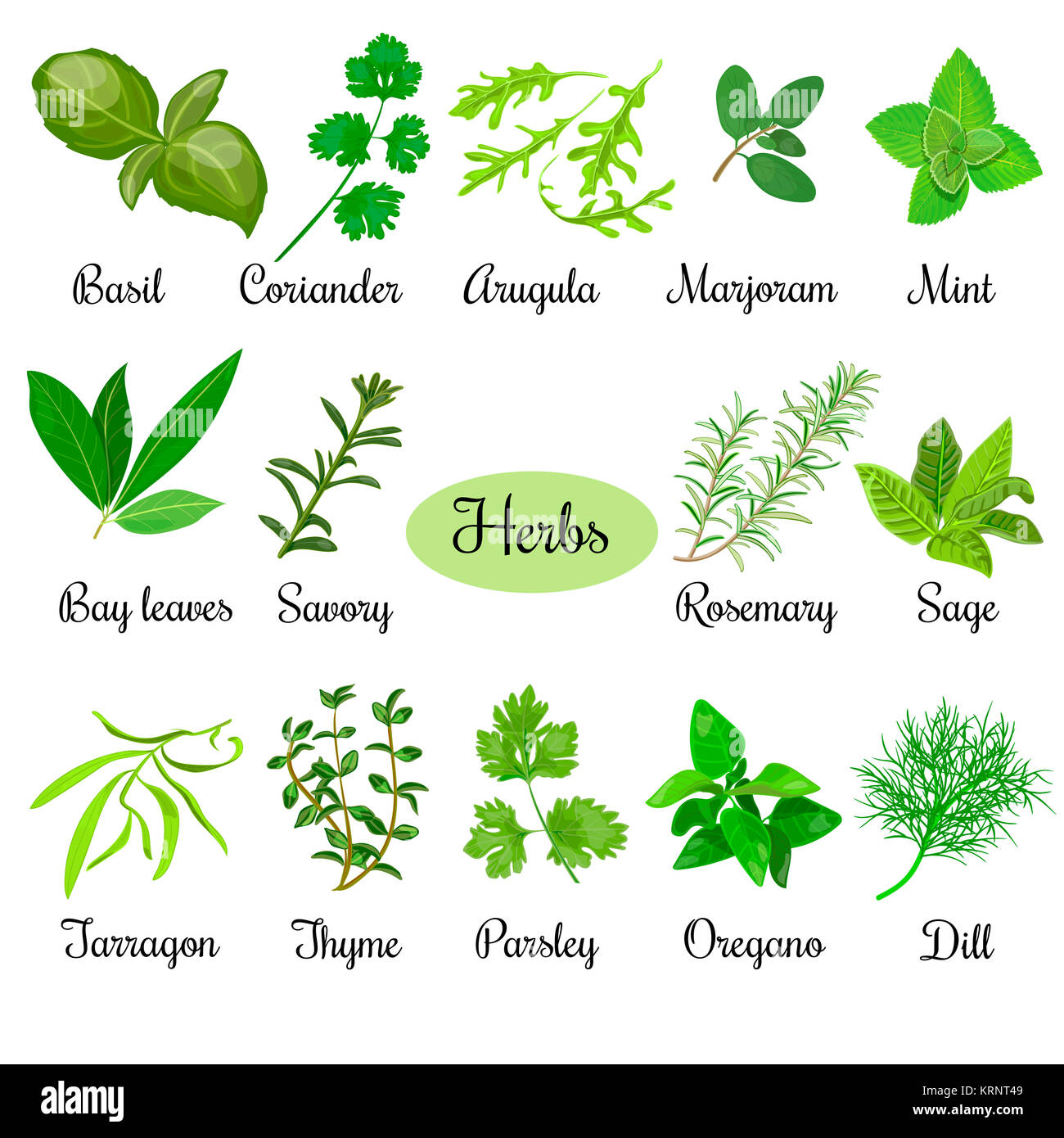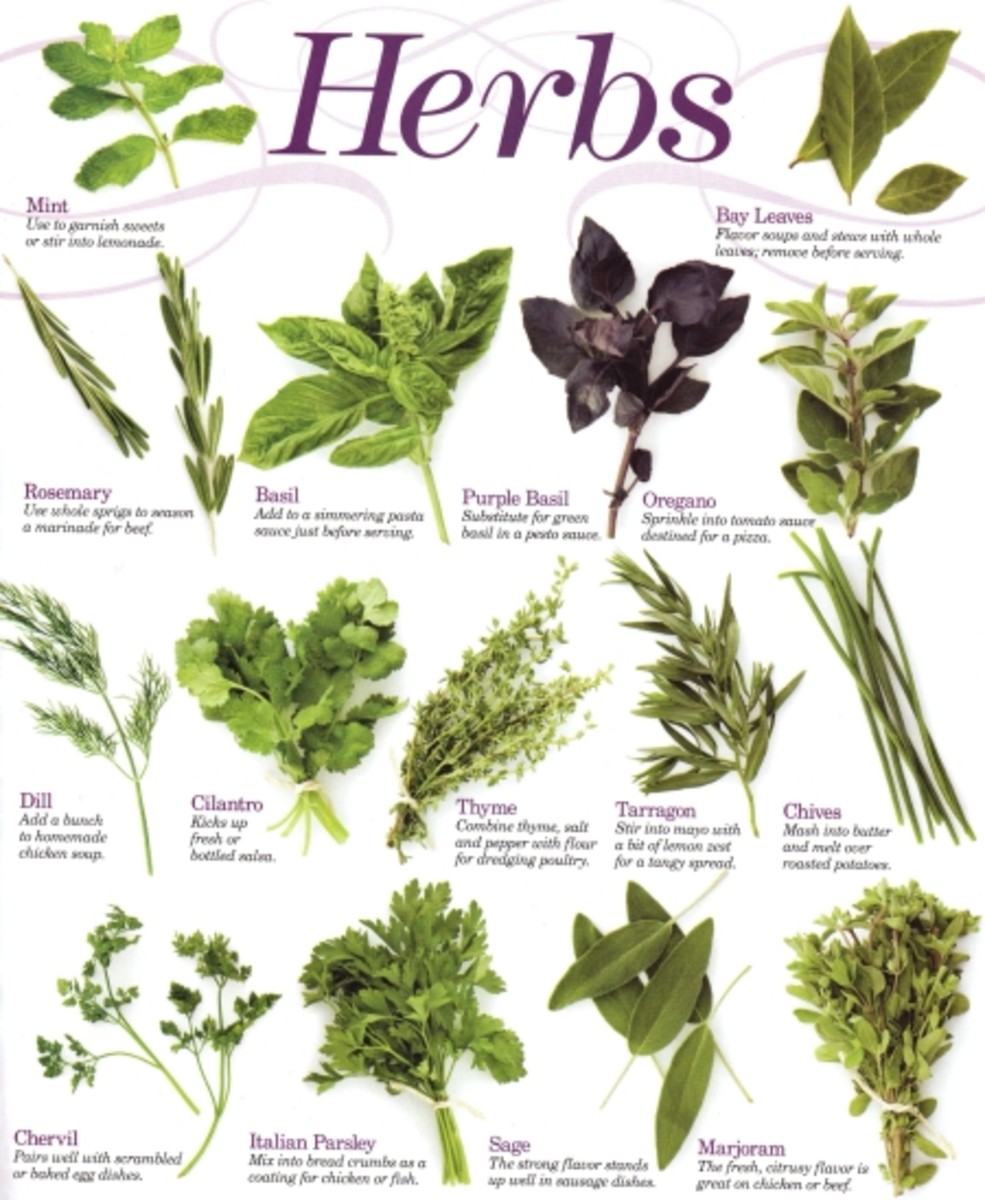“herbs for cooking
Table of Content
- 1 The Aromatic Alchemy: A Comprehensive Guide to Culinary Herbs in Your Kitchen
- 1.1 The Essence of Herbs: More Than Just Flavor
- 1.2 Fresh vs. Dried: Understanding the Differences
- 1.3 Essential Herb Profiles: A Culinary Compendium
- 1.3.1 1. Basil (Ocimum basilicum)
- 1.3.2 2. Parsley (Petroselinum crispum)
- 1.3.3 3. Cilantro / Coriander Leaf (Coriandrum sativum)
- 1.3.4 4. Dill (Anethum graveolens)
- 1.3.5 5. Mint (Mentha species)
- 1.3.6 6. Rosemary (Salvia rosmarinus)
- 1.3.7 7. Thyme (Thymus vulgaris)
- 1.3.8 8. Oregano (Origanum vulgare)
- 1.3.9 9. Sage (Salvia officinalis)
- 1.3.10 10. Chives (Allium schoenoprasum)

The Aromatic Alchemy: A Comprehensive Guide to Culinary Herbs in Your Kitchen
Imagine a dish, perfectly cooked, yet somehow lacking. Then, a sprinkle of fresh parsley, a sprig of rosemary, or a whisper of dill, and suddenly, it transcends from mere sustenance to an unforgettable culinary experience. This is the magic of culinary herbs – the unsung heroes of the kitchen, transforming ordinary ingredients into extraordinary meals with their vibrant colors, intoxicating aromas, and complex flavors.
Far more than just garnishes, herbs are the aromatic heart of global cuisines, offering a spectrum of tastes from peppery and pungent to sweet and citrusy. They are the alchemists of the kitchen, capable of brightening, deepening, and rounding out the flavor profile of almost any dish. This comprehensive guide will delve into the fascinating world of culinary herbs, exploring their history, their unique characteristics, how to use them effectively, and how to cultivate and store them to maximize their potential.
The Essence of Herbs: More Than Just Flavor
Before we dive into individual profiles, it’s essential to understand what makes herbs so special.
1. Aromatic Compounds: The secret to an herb’s allure lies in its volatile oils – complex organic compounds like terpenes, phenols, and esters. These compounds are responsible for the distinct aroma and flavor of each herb. When heated, crushed, or chopped, these oils are released, infusing food with their essence.
2. Historical & Cultural Tapestry: Herbs have been interwoven with human history for millennia, used not only for culinary purposes but also for medicinal, spiritual, and ceremonial practices. Ancient Egyptians used them in embalming, Romans for wreaths and perfumes, and medieval monks cultivated them in vast gardens for both food and healing. Every culture has its signature herbs, telling a story of climate, trade, and tradition – from the basil-laden dishes of Italy to the cilantro-infused curries of India.
3. Health Benefits: Beyond their gastronomic appeal, many culinary herbs are packed with antioxidants, vitamins, and minerals. They often possess anti-inflammatory, antimicrobial, and digestive properties. While not a substitute for medicine, incorporating a variety of herbs into your diet can contribute to overall well-being. For instance, rosemary is known for its memory-enhancing properties, while mint can aid digestion.
Fresh vs. Dried: Understanding the Differences
One of the most common questions about herbs revolves around their form: fresh or dried? Both have their place, but they are not always interchangeable.

- Fresh Herbs: Offer vibrant, nuanced flavors and often a pleasant texture. They are best used when their delicate oils can truly shine, typically added towards the end of cooking or as a garnish. Their flavor is brighter and more ephemeral.
- Dried Herbs: Have a more concentrated, sometimes earthier, flavor because the drying process removes water and intensifies the aromatic compounds. They are ideal for dishes that require longer cooking times, allowing their flavors to slowly meld and deepen. As a general rule of thumb, use about one-third the amount of dried herbs as fresh herbs (e.g., 1 tablespoon fresh = 1 teaspoon dried).
Essential Herb Profiles: A Culinary Compendium

Let’s explore some of the most popular and versatile culinary herbs, understanding their unique characteristics and best uses.
1. Basil (Ocimum basilicum)
- Flavor Profile: A delicate balance of sweet, peppery, and a subtle hint of anise or clove. Its aroma is warm and inviting.
- Best Pairings: Tomatoes, garlic, mozzarella, olive oil, chicken, fish, pasta, eggs, vegetables like zucchini and eggplant.
- Cuisines: Italian, Thai, Vietnamese, Mediterranean.
- Culinary Uses: The star of pesto, Caprese salad, classic pasta sauces, pizza, stir-fries, fresh spring rolls, and infused oils. Add fresh basil at the very end of cooking or as a garnish to preserve its delicate flavor.

2. Parsley (Petroselinum crispum)
- Flavor Profile: Fresh, clean, slightly peppery, with a hint of bitterness. It’s an excellent palate cleanser.
- Varieties: Flat-leaf (Italian) parsley has a more robust flavor, while curly parsley is milder and often used for garnishing.
- Best Pairings: Almost everything! Potatoes, fish, chicken, beef, vegetables, soups, stews, salads, eggs.
- Cuisines: Universal, but prominent in Middle Eastern, European, and American dishes.
- Culinary Uses: The base for tabbouleh, a key ingredient in chimichurri, gremolata, and bouquet garni. It’s a universal garnish and brightens up any savory dish. Can be added during cooking or as a fresh finish.
3. Cilantro / Coriander Leaf (Coriandrum sativum)
- Flavor Profile: Bright, citrusy, and slightly pungent. Some people, due to a genetic predisposition, perceive it as tasting like soap.
- Best Pairings: Lime, chili, avocado, chicken, fish, pork, beans, rice.
- Cuisines: Mexican, Indian, Thai, Vietnamese, Middle Eastern, Chinese.
- Culinary Uses: Essential in salsas, guacamole, curries, pho, tacos, and fresh salads. Like basil, add fresh cilantro at the end of cooking or as a garnish to maintain its vibrant flavor.
4. Dill (Anethum graveolens)
- Flavor Profile: Distinctly fresh, grassy, with notes of anise and a slight tang. Its feathery fronds are delicate.
- Best Pairings: Fish (especially salmon), potatoes, cucumbers, yogurt, eggs, cream cheese, pickling spices.
- Cuisines: Scandinavian, Eastern European, Mediterranean.
- Culinary Uses: Perfect for gravlax, tzatziki, potato salads, deviled eggs, creamy sauces for fish, and homemade pickles. Dill flowers can also be used. Add fresh dill late in the cooking process.
5. Mint (Mentha species)
- Flavor Profile: Cool, refreshing, and slightly peppery, with variations like spearmint (sweeter, common) and peppermint (stronger, more menthol).
- Best Pairings: Lamb, chocolate, fruits, yogurt, peas, potatoes, cucumber, lime.
- Cuisines: Middle Eastern, Indian, Mediterranean, British, American.
- Culinary Uses: Essential for mojitos, tabbouleh, mint sauce for lamb, raita, fruit salads, and desserts. It’s also lovely in teas and infused water. Use fresh, as dried mint loses much of its character.
6. Rosemary (Salvia rosmarinus)
- Flavor Profile: Pungent, piney, woody, and slightly lemony. Its needle-like leaves are robust.
- Best Pairings: Lamb, chicken, pork, potatoes, root vegetables, bread, olive oil.
- Cuisines: Mediterranean, Italian, French.
- Culinary Uses: Fantastic in roasted meats and vegetables, focaccia bread, infused oils, and marinades. Its sturdy nature means it stands up well to long cooking times. Strip the leaves from the woody stems before chopping.
7. Thyme (Thymus vulgaris)
- Flavor Profile: Earthy, woody, subtly floral, with a hint of lemon and mint. It’s a foundational herb.
- Best Pairings: Chicken, beef, lamb, root vegetables, mushrooms, eggs, soups, stews, sauces.
- Cuisines: French, Mediterranean, British.
- Culinary Uses: A staple in bouquet garni, excellent in slow-cooked dishes like stews and braises, roasted poultry, vegetable sautés, and savory tarts. Its small leaves can be used on the stem for long cooking, or stripped for a more refined dish.
8. Oregano (Origanum vulgare)
- Flavor Profile: Pungent, robust, peppery, with notes of earth and a slight bitterness. Greek oregano is generally stronger than Italian.
- Best Pairings: Tomatoes, garlic, olive oil, lamb, beef, chicken, eggplant, zucchini.
- Cuisines: Italian, Greek, Mexican, Mediterranean.
- Culinary Uses: The quintessential pizza and pasta herb, also excellent in chili, stews, marinades, grilled meats, and Greek salads. Dried oregano is often preferred for its concentrated flavor, especially in long-simmering sauces.
9. Sage (Salvia officinalis)
- Flavor Profile: Earthy, musky, slightly peppery, with a hint of pine and citrus. Its velvety leaves are distinctive.
- Best Pairings: Pork, poultry (especially turkey), squash, butter, brown butter, onions, apples.
- Cuisines: European, particularly Italian and British.
- Culinary Uses: Essential in poultry stuffings, brown butter sauces for pasta (e.g., butternut squash ravioli), roasted pork, and sausages. Use sparingly, as its flavor can be overpowering. Fried sage leaves are a delicious garnish.
10. Chives (Allium schoenoprasum)
- Flavor Profile: Mild, delicate oniony and garlicky flavor, without the pungency of an onion.
- Best Pairings: Eggs, potatoes, sour cream, cream cheese, fish, soups, salads.
- Cuisines: French, American, European.
- Culinary Uses: A perfect finishing herb for

